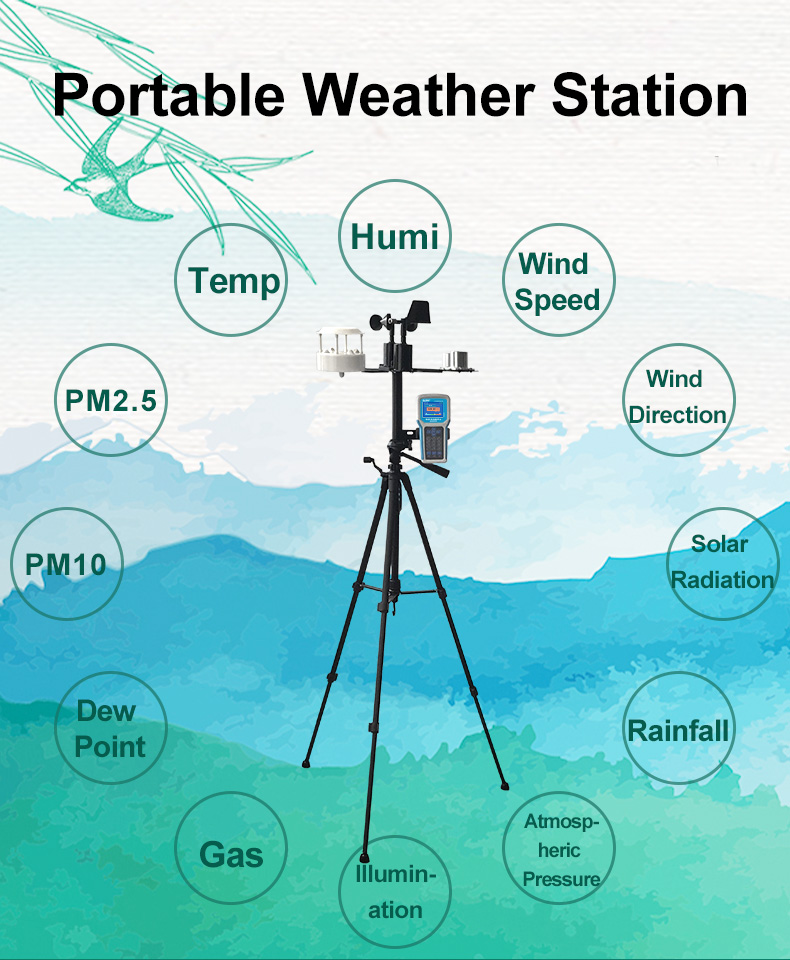Climate research plays a vital role in understanding the Earth’s changing climate patterns and their impact on the environment, ecosystems, and human societies. Meteorological stations are critical tools used by scientists to collect essential data on weather conditions, temperature, humidity, wind speed, and other meteorological parameters. In recent years, the development of automated meteorological stations has revolutionized the way climate research is conducted,

Enhanced Data Collection and Accuracy
Automated meteorological stations are equipped with advanced sensors and data logging capabilities that enable continuous monitoring of weather conditions with high precision and accuracy. These stations can collect real-time data at regular intervals,
Remote Monitoring and Accessibility
One of the key advantages of automated meteorological stations is their ability to operate in remote and challenging environments, where manual data collection may be impractical or hazardous. These stations can be deployed in remote locations, such as mountaintops, deserts, oceans,
Cost-Effectiveness and Efficiency
Automated meteorological stations offer cost-effective solutions for long-term climate monitoring compared to traditional manual methods. Once installed, these stations require minimal maintenance and supervision, reducing operational costs and human resource requirements.
Integration with Remote Sensing
Technologies Automated meteorological stations can be integrated with remote sensing technologies, such as satellites, drones, and unmanned aerial vehicles (UAVs), to enhance data collection and analysis capabilities. By combining ground-based observations with satellite imagery and aerial surveys,
Real-Time Monitoring and Early Warning Systems
The real-time monitoring capabilities of automated meteorological stations enable the development of early warning systems for extreme weather events, natural disasters, and climate-related hazards. By continuously monitoring meteorological parameters and detecting abrupt changes in weather conditions, these stations can provide timely alerts and notifications to authorities,
Long-Term Trends and Climate Change Analysis
Automated meteorological stations play a crucial role in tracking long-term climate trends, analyzing historical data, and assessing the impacts of climate change on ecosystems, agriculture, water resources, and human health.

Conclusion Automated meteorological stations
are transforming climate research by providing a robust infrastructure for data collection, analysis, and monitoring. These advanced stations empower scientists to gather high-quality data, develop accurate climate models, and make informed decisions to address the challenges of a changing climate. With their enhanced capabilities in remote monitoring, data accessibility,